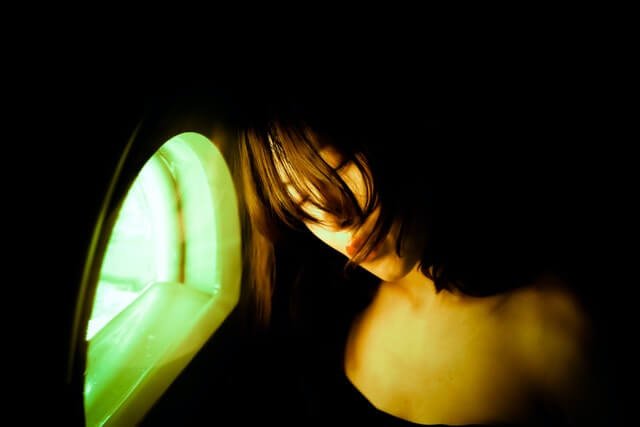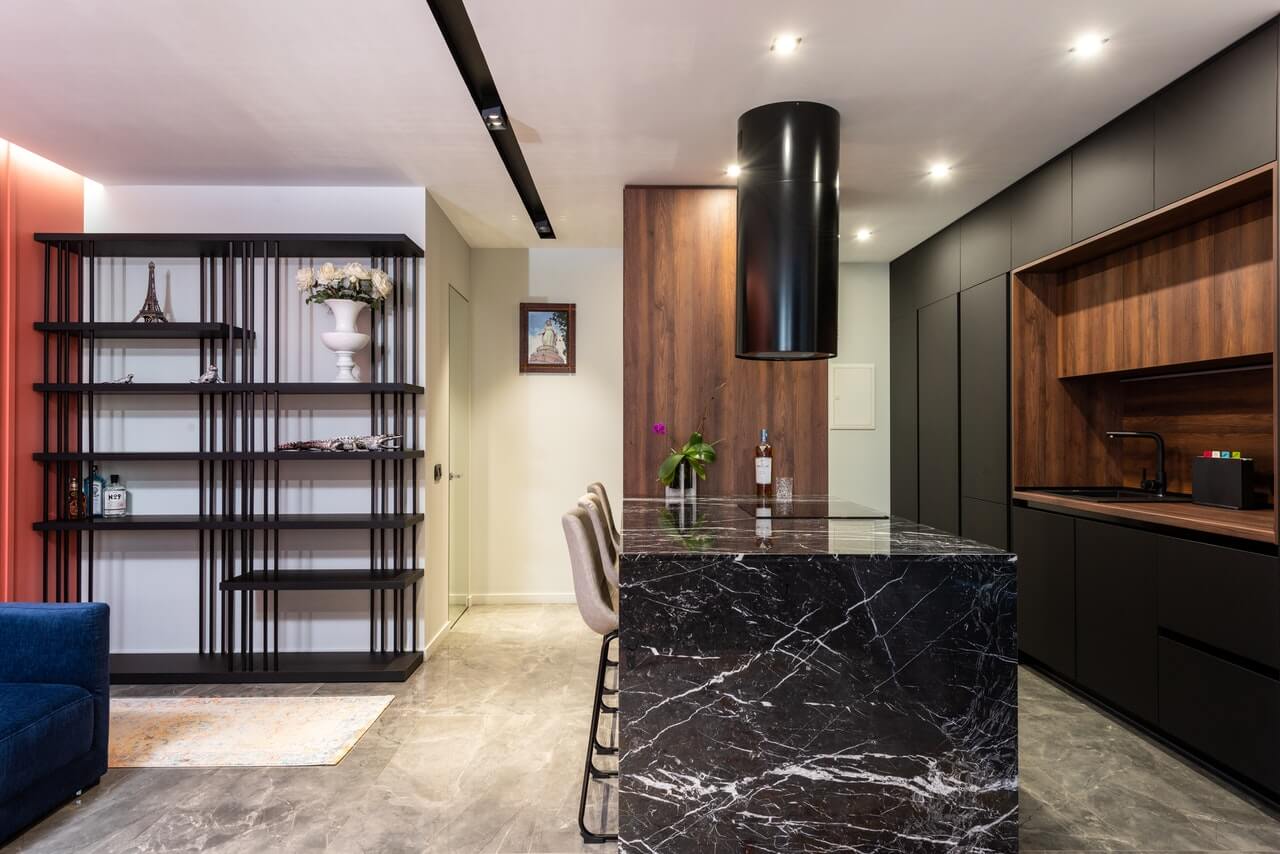Your house is more than merely a place with four walls where you keep all your stuff. It’s where you spend most of your waking hours (and all of your sleeping ones, presumably). A few things are the same in every house: There’s a front door and maybe a back door, plus some windows. There’s a place to sleep and a place to eat (and usually a place to cook what you’re eating). There’s a bathroom, since everybody needs to use the toilet and take a shower. Aside from the basics, your house may also contain some keys to both your physical and mental health.
Windows and walls
Most people do not live in windowless homes. There’s a word for people who do, and it’s usually “inmate.” Humans need a connection to the outside world, and windows are the oldest way to get that. Long before there were smartphones and laptops, we could look out our window. Sure, the weather app on your phone is nice, but it’s not as immediately helpful as glancing out your window and confirming for yourself that yes, it is in fact snowing.

But windows can also turn on us, or at least not give us everything we need. Older windows can be drafty, which can lead to higher electric bills because of all the air that’s escaping your house and heading outdoors. A small window that’s hard to see out of can almost be worse than no window at all. Windows are especially important in the colder, darker months. If there’s a blizzard outside and the sun is setting at 4 p.m., then drinking a cup of coffee and hanging out by the window might be the only way to avoid feeling trapped by Mother Nature. If your window isn’t working for you, talk to some local window installation experts. Your mental health is worth the price, and you can probably find a pretty good deal if do some research.
Mold and other invaders

What do you do when you see a large spider crawling across the floor while you’re taking a bath? Some kind, gentle souls will let the spider live its life, while others will freak out and feel like their turf is being invaded. Neither reaction is wrong, really. Now imagine if that spider didn’t crawl but just hung around your house and made you sick. Mold in your house is like that, and it’s worse than almost any eight-legged creature. Mold in your house can cause you to develop a stuffy nose, sore throat, and even a skin rash. Mold can form after floods, especially if the flood clean-up wasn’t properly managed. If you find this toxic substance in your house, there’s no sense in dilly-dallying around. Call in an environmental health team with plenty of training in mold remediation. They’ll send out a team that can take measures to keep the mold from spreading, and then they’ll get rid of the mold that does exist. You have to contain it before you can destroy it, and the right crew will be able to do just that. Getting rid of the mold will improve your physical health and go a long way towards setting your mind at ease.







